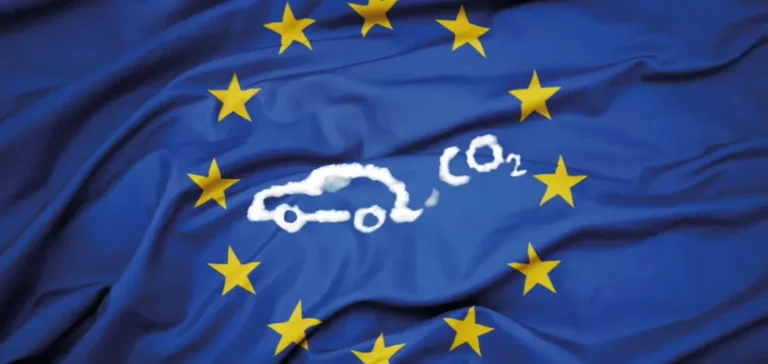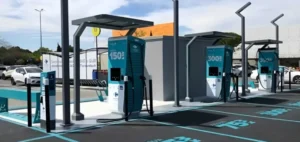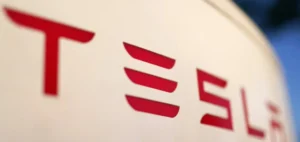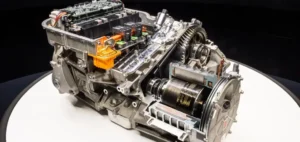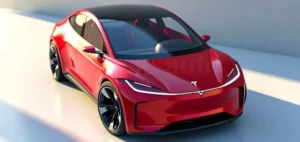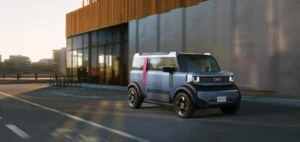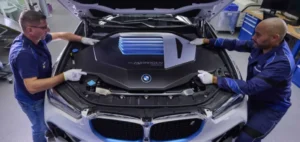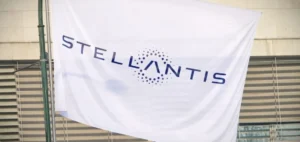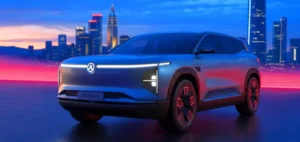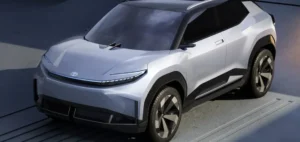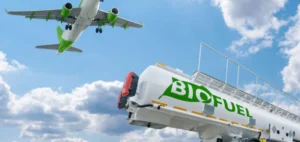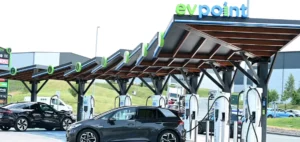The European Automobile Manufacturers’ Association (ACEA) has submitted a set of proposals to the European Commission aimed at revising the carbon dioxide reduction targets for new vehicles. The recommendations include extended compliance timelines, greater consideration of hybrid technologies, and the inclusion of alternative fuels in emission calculations.
Targets seen as unrealistic under current market conditions
The organisation argues that the current goal of reducing CO2 emissions from new cars and vans by 100% by 2035 is no longer achievable under present market conditions. It cites obstacles such as the lack of charging infrastructure, limited consumer demand in certain segments, the economic impact of US tariffs, and China’s growing dominance in the electric vehicle sector.
According to the latest available data, electric vehicles account for 15.8% of new car sales in the European Union. The figure drops to 8.5% for light commercial vehicles and 3.6% for trucks. In light of these market shares, ACEA proposes using an average compliance calculation for the 2028–2032 period rather than a fixed target in 2030.
Segment-specific measures proposed
Among other measures, ACEA recommends granting bonus credits for small electric vehicles and giving plug-in hybrids and range extenders a more significant role. It also suggests that vehicles running on carbon-neutral fuels should be treated on par with electric vehicles in compliance assessments.
For light commercial vehicles, ACEA proposes measuring emission reductions over the 2025–2029 period and revising the 50% reduction target set for 2030. For heavy-duty trucks, the group is calling for an earlier review than currently scheduled for 2027 and urgent action to prevent penalties caused by industrial constraints.
Mixed reactions across the sector
Non-governmental organisation Transport & Environment (T&E) criticised the proposals, describing them as regulatory loopholes that could lead to a 52% electric vehicle market share in 2035, far from the current 100% target. ACEA responded by calling this a premature estimate and reaffirmed that the majority of vehicles sold would still be electric.
The association added that these adjustments would bring stability to the sector and safeguard the bloc’s economic security. It stressed that flexibility would not slow down the technological transition but would better align it with industrial realities.


